Sri Rudra’s Krishna Mantra
Rudra kṛta Kṛṣṇa Mantra
॥ श्रीकृष्णस्य सप्तदशाक्षरो मन्त्रः॥ || śrīkṛṣṇasya saptadaśākṣaro mantraḥ ||
श्रीगणेशाय नमः। śrīgaṇeśāya namaḥ |
महादेव उवाचः।
mahādeva uvācaḥ |
Śrī Mahādeva spoke
ॐ श्रीं नमः श्रीकृष्णाय परिपूर्णतमाय च।
मन्त्रेषु मन्त्रराजोऽयं महान् सप्तदशाक्षरः॥ १॥
om śrīṁ namaḥ śrīkṛṣṇāya paripūrṇatamāya ca |
mantreṣu mantrarājo’yaṁ mahān saptadaśākṣaraḥ || 1||
“om śrīṁ namaḥ śrīkṛṣṇāya paripūrṇatamāya etc.,” is the mantra-rāja and is a mahā 17-syllable mantra
Actually the number of syllables in “om śrīṁ namaḥ śrīkṛṣṇāya paripūrṇatamāya” are fifteen. By adding ‘svāhā’ at the end of the mantra, it converts to seventeen syllable mantra.
Parashara Jyotisa Course 2020-24
Please visit Course Website: https://VedicDawn.com for more information
https://pjc1.vedicdawn.com/pjc-program/join/join-pjc-2020/ Join PJC Year-1 Somanath Batch
ॐ पराशर ऋषये नमः
Objectives
The Parāśara Jyotiṣa Course (PJC) is to be taught in the tradition of Puri, India and includes spiritual instructions to develop the mind in order to grasp the entire subject. The student is to develop a keen understanding of Vedic astrology and will master all the śloka of Bṛhat Parāśara Horā Śāstra (BPHS).
The syllabus primarily includes the jyotiṣa classic Bṛhat Parāśara Horā Śāstra as available today.
Meaning of word Jyotiṣa
by Pandit Sanjay Rath
5th May 2015
digitally brought to you by Наталья Федорова (Natalya Federova)
https://www.youtube.com/watch?v=JitHbusfYcI
Jyotiṣa as a subject is very vast. Firstly, why is the subject called Jyotiṣa? Why was it not given some other name? When we talk of Jyotiṣa, it is the name of the Sun God, one of the names of the Sun. As a Sun God is Jyotiṣa, so you are supposed to be like that Sun, shining bright. Where you go, the Sun must shine. You have to give light where there is darkness.
Notre-Dame fire
Notre-Dame Cathedral went up in flames on Monday in a roaring blaze that devastated the Parisian landmark, a searing loss for the city and for France. Let us examine the charts for the event.
Natal Chart: Fifth Republic: Oct 6, 1958 at 6:30 pm CET – the approximate time of the fixing of the seal to the new Constitution.
Narendra Modi 2014 Chart
The swearing in chart of any government is very important to know not only what is happening during its 5 year term but also no its return to power. The Modi government took oath and came to power on 26th may 2014 no at 6.11 PM, New Delhi. Tulā Lagna with both 5th lords (power) Rahu and Saturn (exalted, retro) in it shows centralization of power but the retro Saturn shows that this will be like a sadhu, a Chanakya wielding the whip to keep the country together.
We have seen all that.
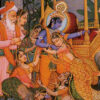
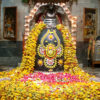
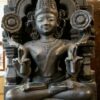


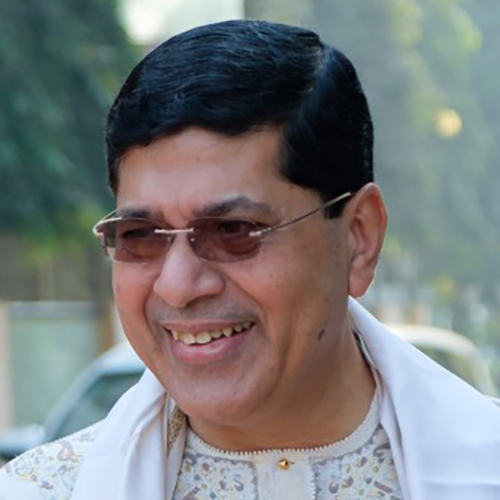
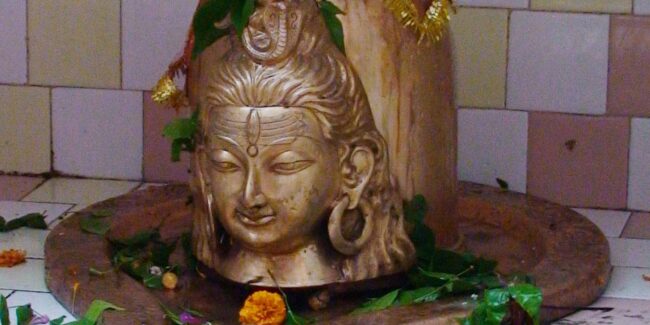

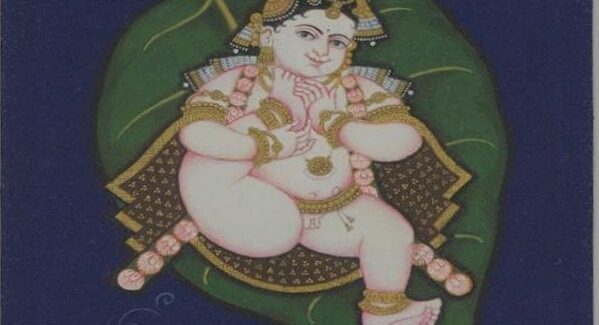
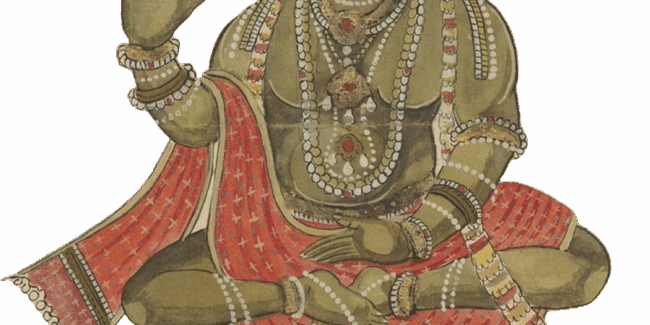
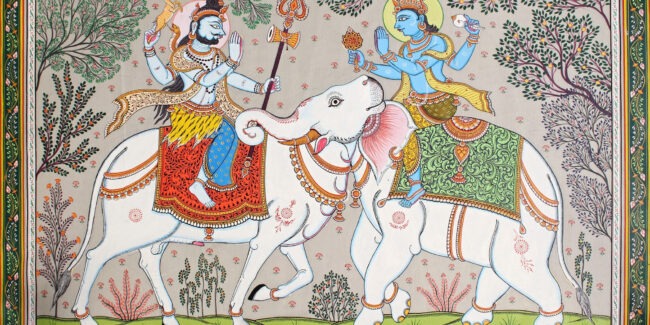
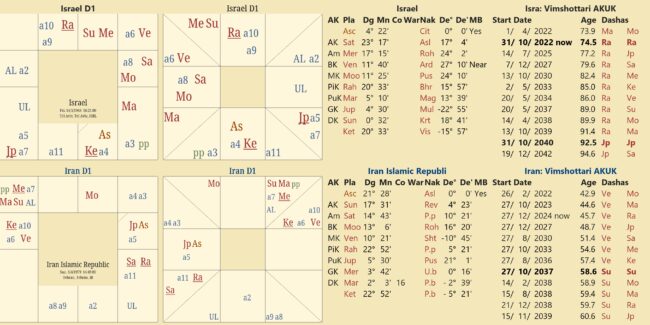
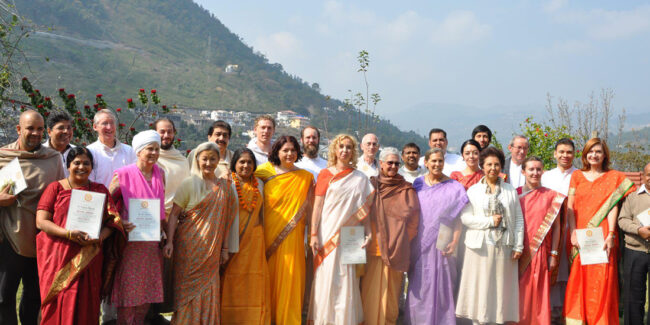
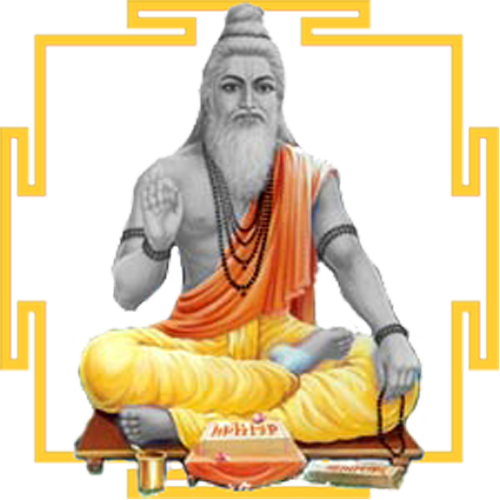 DBC offers online courses in jyotish (Vedic Astrology) taught directly by Sanjay Rath as per the tradition, through narrated power points and other audio tools. The courses are at different levels, from the beginners through the intermediate to the advanced and are known as SoHamsa | DBC courses, with individual classrooms and assistant teachers
DBC offers online courses in jyotish (Vedic Astrology) taught directly by Sanjay Rath as per the tradition, through narrated power points and other audio tools. The courses are at different levels, from the beginners through the intermediate to the advanced and are known as SoHamsa | DBC courses, with individual classrooms and assistant teachers
 Sagittarius Publications is the publisher and distributor the popular quaterly magazine the Jyotish Digest, as well as many thorough books on the subject of Vedic Astrology or Jyotish.
Sagittarius Publications is the publisher and distributor the popular quaterly magazine the Jyotish Digest, as well as many thorough books on the subject of Vedic Astrology or Jyotish.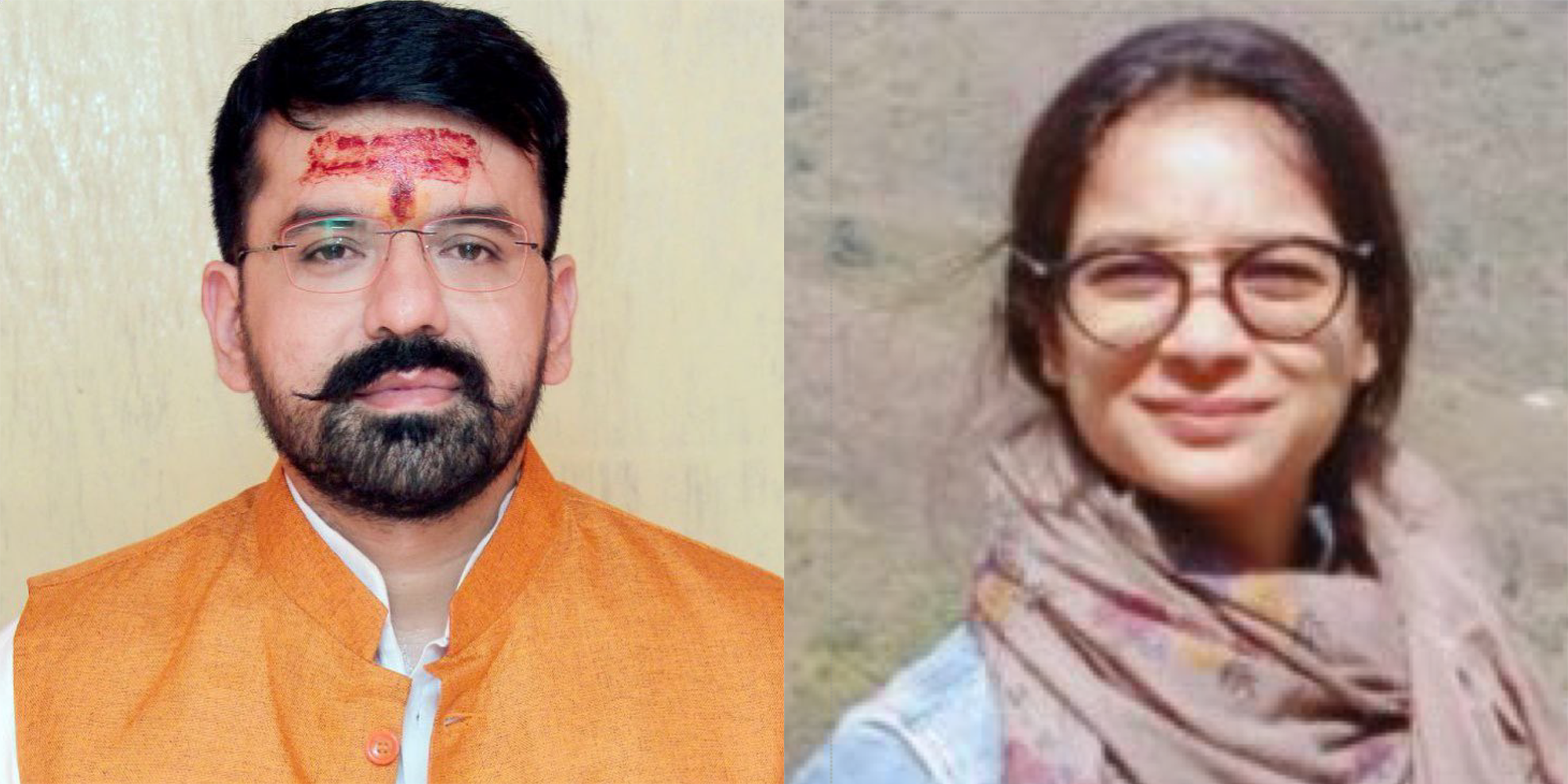 We have an excellent pandit Divākar ‘Deva’ Mishra, who is from the priests of Vindhyāvāsini Siddha Pīṭha to guide you through the hundreds of temples of Kāśi [Varanasi] and neighbouring regions. He can organise your pūjā, keep you safe and take care. He is supported by an English-speaking well-travelled spouse ‘Supriya Mishra’. Please contact them directly for any services, remedial pūjā and tours. They handled the 60+ member Kāśi Jyotiṣa Group 2022.
We have an excellent pandit Divākar ‘Deva’ Mishra, who is from the priests of Vindhyāvāsini Siddha Pīṭha to guide you through the hundreds of temples of Kāśi [Varanasi] and neighbouring regions. He can organise your pūjā, keep you safe and take care. He is supported by an English-speaking well-travelled spouse ‘Supriya Mishra’. Please contact them directly for any services, remedial pūjā and tours. They handled the 60+ member Kāśi Jyotiṣa Group 2022.